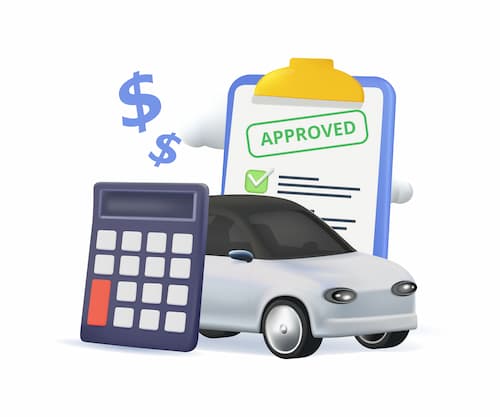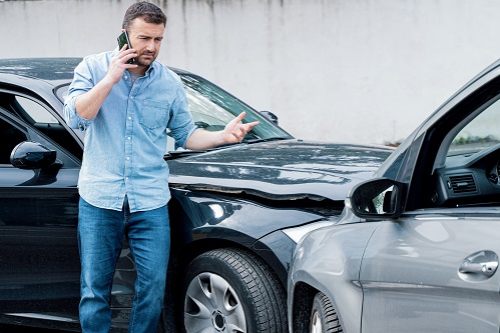What is considered vandalism to a car?
Vandalism to a car refers to intentional damage or destruction of a vehicle. It includes actions such as keying, scratching, smashing windows, slashing tires, spray-painting, or any other deliberate act that harms or alters the appearance and functionality of the vehicle.
Vandalism is generally considered a criminal offense, and those responsible can face legal consequences. If you're a victim of car vandalism, it's recommended that you report the incident to the police and your insurance company.
Do you have to pay a deductible for vandalism?
In most cases, yes, you will have to pay a car insurance deductible for vandalism. The deductible is the amount you pay out of pocket before your insurance kicks in.
Vandalism is typically covered under comprehensive coverage. If you don't have comprehensive coverage, your insurance won't cover the vandalism damage.
Does a vandalism claim raise your car insurance rates?
Vandalism claims are less likely to increase your rates because the damage wasn't your fault. If it's your first vandalism claimAn insurance claim is a request you make to your insurance company for coverage after your car is damaged or you have an accident. You can file a claim online, by phone, or in writing. and the damage is minor, the impact on your rates might be minimal. However, multiple claims may raise concerns and impact your rates depending on your insurer and state.
If you're concerned about rate increases, shop around for new quotes before renewing your policy.
How do you file a vandalism claim?
You can follow these steps to file a car insurance claim for vandalism with your car insurance company.
- Document the damage: Take photos and videos of the damage. Don't touch or clean the damage unless necessary, as this could compromise evidence.
- File a police report: Report the incident to the police, even if the damage seems minor. Get a copy of the police report, which will be important for your insurance claim.
- Contact your insurance company: Inform your insurance company about the vandalism as soon as possible. They will guide you through the claim process and advise you on any additional steps.
- File the claim: You can usually file a claim online, through your insurance company's mobile app, or by phone. Be prepared to answer questions about the incident and provide details about the damage.
- Provide supporting information: Share additional information, such as witnesses or surveillance footage, with your insurer.
- Get repair estimates: Your insurance company may have preferred shops or allow you to choose your own. Submit these estimates to your insurer.
- Claim adjuster inspection: A claims adjuster from your insurance company may inspect the damage to assess the validity of the claim.
Once the claim is reviewed and processed, your insurance company will provide the settlement check.
The bottom line
Comprehensive coverage protects against damage caused by vandalism, theft, natural disasters, and other events outside your control. Make sure you understand what your specific policy covers. You can find this information on your policy documents or by contacting your insurer.
Even with comprehensive coverage, you'll likely have to pay a deductible before your insurance kicks in.
Frequently asked questions
Does liability insurance cover vandalism?
Liability insurance does not cover vandalism. Liability insuranceLiability insurance covers sums that an insured becomes legally obligated to pay because of bodily injuries or property damage, or financial losses caused to other people. primarily covers damages or injuries you cause to others in an accident. It does not protect damages to your vehicle, including those resulting from vandalism.
How to prevent vandalism?
Preventing vandalism involves taking proactive measures to protect your property. Here are some simple tips:
- Park your car in well-lit areas, as vandals are less likely to target vehicles in visible locations.
- Install visible security cameras as a deterrent; they can help identify vandals if an incident occurs.
- Whenever possible, park your car in a garage to keep it out of sight and less vulnerable to vandalism.
- Use steering wheel locks, alarms, or other anti-theft devices to make your car a less appealing target.
Remember, while these tips can help reduce the risk of vandalism, it's impossible to eliminate it. Having comprehensive insurance provides financial protection in case vandalism happens.
Do I have to pay a deductible if my car is vandalized?
Yes, if your car is vandalized and you have comprehensive insurance, you must pay a deductible before your insurance covers the remaining repair costs. The amount of the deductible depends on your specific policy.



